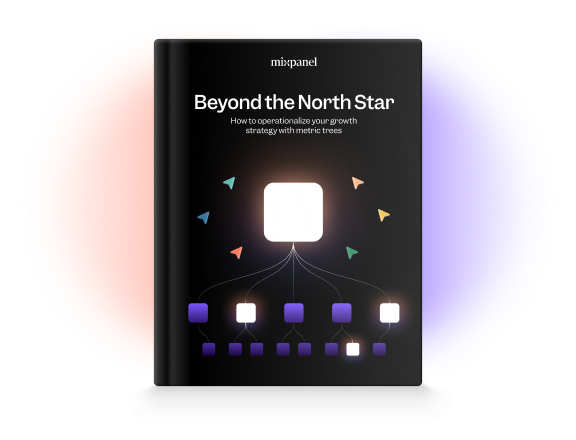How product analytics exposes marketing’s blind spot
More than ever before, executives hold marketing accountable to pipeline, bookings and retained customers. This means that marketers like me have to know not only whether their lead converted to a deal but also if that deal will renew. Why? The cost of customer acquisition is skyrocketing, and, at B2B companies, where I specialize, it can take up to a year—sometimes longer —to recoup that cost. Without a strong retention strategy, most new customers never end up paying off.
By facing the retention blind spot, marketing teams can drive business value and serve customers by doing the creative work that extends beyond acquisition. To make this happen, marketers should turn to a newer field of analysis, familiar to their developers and designers: product analytics.

Marketing analytics isn’t antiquated – just insufficient
First, let me be clear: I bow down to marketing analytics; I cannot do my job without it. But marketing analytics has yet to deliver all the revelations we were promised. Even the most advanced platforms typically only tackle one side of the coin: acquisition. For the lucky teams who offer a freemium product, marketing analytics tells us whether a lead signed up and where they came from. Then, it pushes that data to a CRM where it remains until someone includes it in a chart to illustrate marketing’s impact on bookings.
A few years ago, I watched in awe as analytics moved from first-touch to last touch, and then, all the way to multi-touch attribution. I considered that closed-loop reporting the pinnacle of analytics.
Not anymore. The loop has stretched wider than ever before, encompassing the full customer lifecycle. To adapt to the increase in scope, my team has supplemented our marketing analytics with product analytics – allowing us to understand and model the impact of new acquisition and customer marketing strategies.
Product analytics shows us what sticks
Marketing’s best – and most undervalued – tool is a fantastic, targeted product, full stop. In order to build lifecycle marketing strategies, marketers need to identify what paths within their product are stickiest and where customers or users stop engaging.
For B2B marketers, finding out what makes their product “sticky”, i.e. most engaging and habit-forming, is crucial. We no longer live in a world where a savvy enterprise sales rep can convince someone to buy a product they don’t want or need. In fact, most of a buyer’s decision-making process happens before they even interact with a sales rep.
Product quality influences sales outcomes more than ever, so marketers should hang their hat on a company that cares deeply about user engagement and has the metrics to back it up.
That’s not to say that marketers don’t have an impact on product success; if that was true, I wouldn’t have a job. Marketers play a key role in articulating why a potential user needs their product in the first place. But the job doesn’t stop there. Marketers also have to allocate resources across channels to generate pipeline, sales, and retention. This is as much about knowing what doesn’t work as knowing what does.
For example, at Mixpanel, we gave users more data in the free trial if they put a “We use Mixpanel” badge on their website. Everyone loved it. The program drove a ton of self-sustaining sign-ups, and it helped us reach and acquire scores of new users, with little effort beyond the initial setup.
But when marketing used Mixpanel to dig into the data, we found that a significant chunk of the free trial users from this program didn’t convert to paid plans, and those that did stay remained at the base-level package. Product analytics revealed that our growth hack actually hurt customer retention goals. We pivoted accordingly. By analyzing user cohorts and behavior, we identified and targeted users more likely to upgrade and helped the product team deliver value to them.
Automation: for the art of marketing!
Of course, with limited resources, it’s not always possible for marketers to perform analyses that reveal key insights. Data can be horribly manual; so much so that we often forget the question before getting the answer. Thankfully, automation in product analytics has begun to fill that gap, pushing a more holistic view of customer cohorts. These new tools can identify unusual changes in trends and point us to a likely cause, reducing time spent digging through charts, increasing productivity over time, and letting us focus on what matters. Like with any trade, there’s an art and a science to being a marketer; machine learning-equipped product analytics takes on the science for us, so we can polish and perfect the art.


